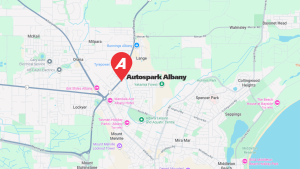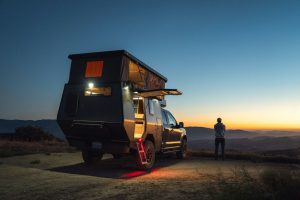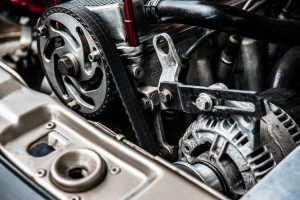When exiting, you need to swivel around and eyeball all the lock mechanisms to make sure they are locking, or even walk around the car to check them manually.
In a nutshell, a central locking system is one that unlocks all doors on a car when one door – usually the driver’s door – is unlocked. And the reverse is also true – if you lock the driver’s door, central locking will lock all the doors.
Central locking systems came into being back in the 1950s allowing the driver to lock all of their car’s doors by using a single switch. Most modern cars even include things like the rear doors and even the fuel locking cap in their central locking system. With that said, central locking systems are automotive electrical parts that add extra convenience and safety to your vehicle.
But what if your vehicle is older?
In practical use, a centre locking system is an absolute must for a family car. In the days when central locking wasn’t so common, getting the family into the car was a lengthy business: unlock the driver’s door, reach through and unlock the front passenger door, turn around, reach through and unlock the back doors. And then go around and unlock the boot to put the luggage in. And, if you’re in a supermarket car park, stop the grumpy or restless kids from running off under the wheels of someone else’s car while they’re waiting. Central locking makes this process easy. Unlock the driver’s door and in all the kids go. No more kids scratching the paintwork going “Hurry up! Open the door!”
If your car predates today’s more modern types, you can go after market for the answer and the added convenience it will bring you in using your vehicle.
Central locking these days gets even better and simpler with remote or keyless entry. Press the button and the doors will unlock. Modern central locking systems are versatile automotive electrical parts. They can be activated using a specific radio frequency by simply pressing the remote button that comes with them. You can lock and unlock your car from several metres away, and your hazard lights will blink once or twice to confirm your vehicle is in fact securely locked. The specific radio frequency that central locking systems use means that it’s extremely hard to break into your vehicle.
There are two types of central locking systems – conventional and selective central locking systems. Selective central locking systems give you the ability to control each car door and the boot individually. You can open the boot, the passenger’s side door, or the driver’s side door selectively, which adds an extra layer of convenience. Further, some central locking systems can automatically lock all of your doors once ignition starts, in order to ensure no door accidentally opens while you’re driving.
After Market to the Rescue
The newest central locking system models can unlock your car’s doors even when the fob is within a certain distance of the lock. This means that you won’t even have to push a button to unlock your doors. Some systems have safety features like a panic button that triggers your alarm if you ever feel threatened in order to draw attention to yourself, or they can unlock your doors automatically in case of an accident.
With old, traditional locking, there was always the chance that one of your doors was unlocked. Some central locking systems will only trigger if the key is out of the ignition, but that’s no good if you leave the key on the seat. Other central locking systems don’t trigger unless the door is locked with the key itself. And there are also central locking systems that will beep at you briefly to let you know that you’ve left the keys in the ignition.
You can rely on our Experience
After market Central Locking offer many advantages to drivers in everyday situations and Autospark have always been at the forefront of the latest innovations.
Autospark stocks some of the most popular and best of brands to choose from like Dynamco and they are experts at fitting for you too. If you need advice, you can always rely on the professionals at Autospark for the best in Central Locking.





